Mastering Mercedes Hood Star Alignment: Step-by-Step Guide
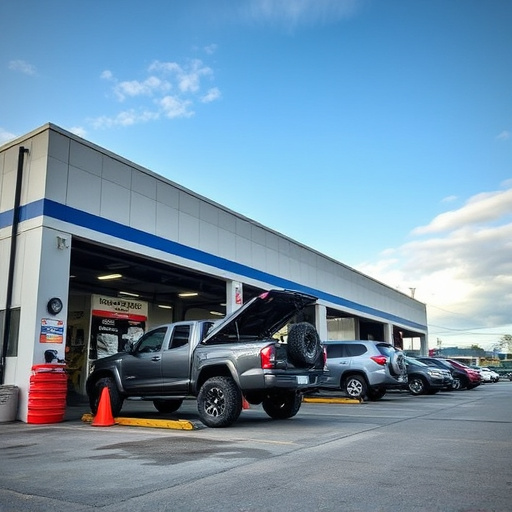
Perfecting Mercedes hood star alignment is crucial for both aesthetics and vehicle performance. It r…….
In the realm of automotive innovation, few brands embody precision and luxury like Mercedes-Benz. Among its many advancements, “Mercedes Hood Star Alignment” stands out as a cornerstone technology shaping the future of vehicle design and performance. This article delves into the intricate world of this alignment system, exploring its historical evolution, global impact, economic significance, technological leaps, regulatory landscape, challenges, and its promise for the future of motoring. By the end, readers will gain an in-depth understanding of why Mercedes Hood Star Alignment is not just a technical marvel but a game-changer in the automotive industry.
Mercedes Hood Star Alignment refers to a sophisticated system designed to optimize the aesthetic and functional alignment of a vehicle’s hood (or bonnet) with its engine bay and surrounding components. It involves precise adjustments to various elements, including the hood panel, engine mount, and related structural elements, ensuring they align perfectly when the hood is closed. This alignment goes beyond mere visual appeal; it plays a critical role in enhancing the overall performance, safety, and durability of the vehicle.
Core Components:
Historically, hood alignment was a manual task, requiring skilled technicians to make adjustments by hand. However, with advancements in manufacturing and safety standards, Mercedes introduced automated systems that revolutionized this process. The modern Mercedes Hood Star Alignment system combines mechanical precision with digital controls, ensuring consistent and exacting results.
The influence of Mercedes Hood Star Alignment extends far beyond Germany’s borders, as global automakers strive to match the brand’s commitment to quality and innovation. This trend has sparked several key developments worldwide:
| Region | Impact and Trends |
|---|---|
| Europe | Leading European car manufacturers have adopted similar alignment systems, setting new standards for precision engineering. Countries like Germany and Sweden are known for their stringent quality controls, ensuring these alignments meet or exceed Mercedes’ benchmarks. |
| North America | American automakers have embraced the concept, focusing on enhancing vehicle aesthetics and safety. Companies like Ford and General Motors have integrated advanced alignment technologies into their production processes, appealing to consumers seeking high-quality vehicles. |
| Asia-Pacific | Japan and South Korea are at the forefront of adopting these systems, combining traditional craftsmanship with modern technology. Brands such as Toyota and Hyundai have incorporated precise hood alignments to elevate their vehicles’ overall quality perception. |
| Emerging Markets | As automotive production grows in India and other regions, local manufacturers are investing in advanced alignment technologies to compete globally. This trend ensures that Mercedes Hood Star Alignment standards are not just met but surpassed. |
These global trends highlight the universal recognition of alignment’s impact on vehicle performance and aesthetics, fostering a competitive environment that drives continuous innovation.
The economic implications of Mercedes Hood Star Alignment are significant, as it influences various sectors within the automotive industry:
Original Equipment Manufacturers (OEMs): Automakers worldwide invest substantial resources in adopting and refining this alignment technology, ensuring their vehicles meet market expectations. The cost of implementation includes purchasing advanced equipment, training personnel, and integrating the system into production lines.
Aftermarket Parts and Services: The demand for replacement parts and alignment services has increased, creating a new revenue stream. Specialized tools, sensors, and labor requirements drive economic activity in this sector, catering to both OEM and consumer needs.
Supply Chain: The global supply chain for automotive components has adapted to accommodate the heightened demand for precise alignment mechanisms and sensors. This shift has led to new business opportunities for suppliers who can provide high-quality, reliable parts.
Consumer Spending: Mercedes Hood Star Alignment contributes to elevated vehicle resale values and customer satisfaction, encouraging consumers to invest in premium vehicles. This trend boosts economic activity within the luxury automotive market.
Technological breakthroughs have been pivotal in enhancing Mercedes Hood Star Alignment, leading to several innovations that shape the future of vehicle design:
Computer-Aided Design (CAD) and Simulation: Advanced CAD software allows engineers to model and simulate alignment scenarios, predicting outcomes before physical prototypes are built. This reduces development time and costs.
Industrial Robots: Robotic systems have been introduced for precise hood alignment, ensuring consistent accuracy across production runs. These robots can perform complex adjustments with minimal human intervention.
Smart Sensors and Artificial Intelligence (AI): Modern sensors provide real-time data on alignment parameters, while AI algorithms analyze this data to make adjustments autonomously. This technology promises even greater precision and efficiency in future alignments.
Material Science: Researchers are developing advanced materials that offer lighter weight and improved strength, allowing for more intricate alignment designs without compromising structural integrity.
The automotive industry is heavily regulated, and Mercedes Hood Star Alignment falls under various legal frameworks worldwide:
Safety Standards: Alignment systems must comply with strict safety regulations to ensure vehicle stability and driver protection during collisions. Organizations like the National Highway Traffic Safety Administration (NHTSA) in the US and European New Car Assessment Program (Euro NCAP) set these standards.
Emissions Controls: While not directly related to alignment, the integration of advanced technologies within the hood area may impact a vehicle’s overall emissions profile, requiring adherence to environmental regulations.
Intellectual Property: Patents protect the unique designs and processes developed by automakers for their alignment systems, fostering innovation while ensuring fair competition.
Regional Compliance: Different regions have varying requirements, necessitating automakers to tailor their alignment technologies to meet local standards.
Despite its many advantages, Mercedes Hood Star Alignment faces several challenges and criticisms that require careful consideration:
Initial Cost: Implementing advanced alignment systems can be expensive for both manufacturers and consumers. High initial costs may deter some automakers from adopting these technologies, especially in cost-sensitive markets.
Training Requirements: Skilled technicians are essential for maintaining alignment accuracy, but their specialized training can be time-consuming and costly. Automakers must invest in employee development to meet this demand.
Environmental Concerns: Critics argue that the increased use of advanced materials and complex processes could lead to higher production costs and environmental impacts, requiring automakers to balance innovation with sustainability.
Consumer Perception: Some consumers may perceive hood alignment as an unnecessary expense or a marketing ploy, especially in regions where such features are less common. Overcoming this perception requires effective marketing and education.
Actionable Solutions:
Government Incentives: Governments can offer tax breaks or subsidies to encourage the adoption of advanced alignment technologies, making them more accessible to automakers and consumers.
Industry Collaboration: Automakers should collaborate to share training resources, best practices, and innovations, lowering implementation costs and fostering rapid industry-wide adoption.
Sustainable Materials: Researchers and manufacturers should focus on developing eco-friendly materials and processes that minimize environmental impacts while maintaining performance standards.
Consumer Education: Educating consumers about the benefits of precise alignment can help dispel misconceptions and encourage demand for these advanced features.
BMW, a renowned German automaker, has consistently showcased its commitment to precision with its hood alignment systems. The company’s i8 hybrid supercar is an excellent example of how Mercedes Hood Star Alignment principles can elevate vehicle design and performance. The i8 features a unique hood that seamlessly integrates with the engine bay, achieving flawless alignment despite the car’s futuristic aesthetic. This achievement was made possible through extensive use of advanced sensors and robotic systems, ensuring consistent quality across production runs.
Volvo, known for its safety-first approach, has incorporated Mercedes Hood Star Alignment into its vehicles to enhance structural integrity during accidents. By precisely aligning the hood with the engine bay, Volvo’s designs offer better crumple zones and energy absorption, critical factors in protecting occupants. This attention to detail has contributed to Volvo’s impressive safety ratings and reputation for building durable cars.
Tesla, an electric vehicle (EV) pioneer, has embraced automation, including advanced hood alignment technologies. The company’s production facilities utilize robotic systems to achieve precise alignment, a process that ensures consistent performance across its growing lineup of EVs. Tesla’s focus on automation not only streamlines production but also delivers vehicles with exceptional aesthetic appeal and structural integrity.
The future of Mercedes Hood Star Alignment is filled with promising opportunities and challenges as the automotive industry continues to evolve:
Autonomous Vehicles: As self-driving cars become more prevalent, hood alignment may take on new significance in ensuring optimal sensor placement for navigation and safety systems. Precise alignment could play a role in enhancing vehicle dynamics during autonomous driving modes.
Electric Vehicle (EV) Integration: With the rise of EVs, hood alignments will need to accommodate battery packs and other electrical components, requiring innovative design solutions that maintain both performance and aesthetics.
Connected Cars: Advanced driver assistance systems (ADAS) and connectivity features may influence alignment requirements, as vehicle sensors and cameras need clear lines of sight for optimal functionality.
Sustainability Focus: Environmental concerns will continue to shape the industry, driving the development of lighter, more sustainable materials and processes for hood alignments.
Global Standardization: As global markets converge, there may be a trend towards standardizing alignment protocols to facilitate cross-border trade while ensuring safety and quality.
Mercedes Hood Star Alignment is not merely a technical specification but a testament to the relentless pursuit of excellence in the automotive sector. Its historical evolution, global impact, economic significance, technological advancements, regulatory landscape, and future prospects all underscore its importance. By overcoming challenges and embracing emerging trends, automakers are set to elevate the driving experience, enhance safety, and drive innovation.
As the world continues to embrace advanced vehicle technologies, Mercedes Hood Star Alignment will remain a critical component, shaping the future of motoring and solidifying its place as a cornerstone of automotive engineering.
Q: How does Mercedes Hood Star Alignment improve vehicle performance?
A: Precise alignment ensures that the hood and engine bay work in harmony, optimizing air flow, reducing drag, and enhancing overall engine performance. It also contributes to improved handling and stability.
Q: Is this alignment system only for luxury vehicles?
A: While initially popularized by premium brands like Mercedes, advanced alignment systems are now found across various vehicle segments, from economy cars to high-performance sports models.
Q: Can poor hood alignment affect fuel efficiency?
A: Yes, misaligned hoods can lead to increased aerodynamic drag, forcing engines to work harder and consume more fuel. Proper alignment contributes to better fuel economy.
Q: How often should I expect to have my hood aligned?
A: Regular alignment intervals vary by vehicle manufacturer and driving conditions. Most automakers recommend periodic alignment checks (typically every 10,000-15,000 miles) to maintain optimal performance.
Q: Are there DIY kits available for hood star alignment?
A: While some basic adjustments can be performed with simple tools, advanced alignment systems are designed for professional technicians due to their complexity and the need for specialized equipment and training.

Perfecting Mercedes hood star alignment is crucial for both aesthetics and vehicle performance. It r…….
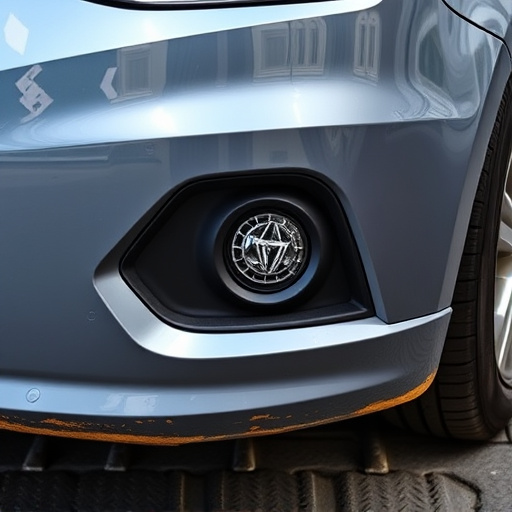
Mercedes hood star alignment is a critical aspect of both vehicle aesthetics and brand identity. Pre…….

Mercedes hood star alignment is crucial for vehicle aesthetics and safety, ensuring the iconic logo…….
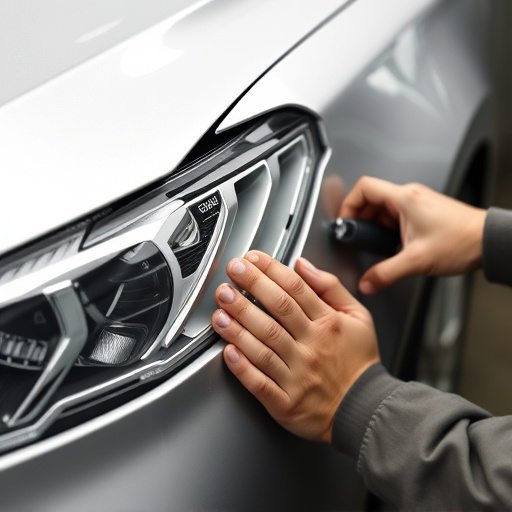
Thoroughly inspect Mercedes hood star for misalignments, dents, or cracks. Consider cost vs. severit…….

Achieving perfect Mercedes hood star alignment requires specialized tools like alignment racks and l…….
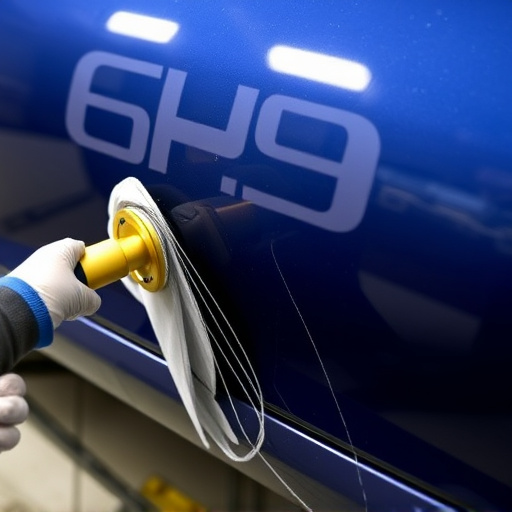
Proper Mercedes hood star alignment is crucial for safety and aesthetics, especially after grille re…….
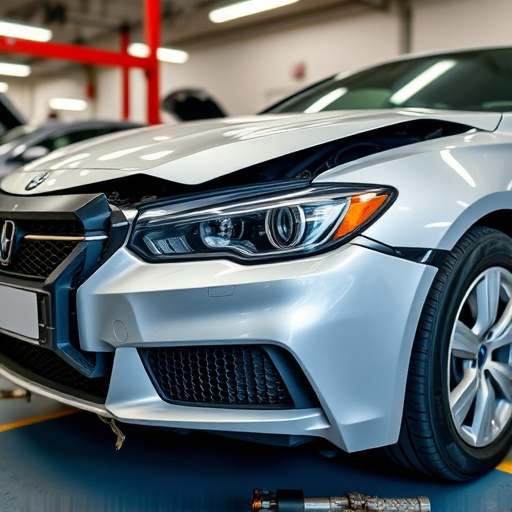
Mercedes hood star alignment is vital for vehicle safety and aesthetics. Incorrect alignment can lea…….
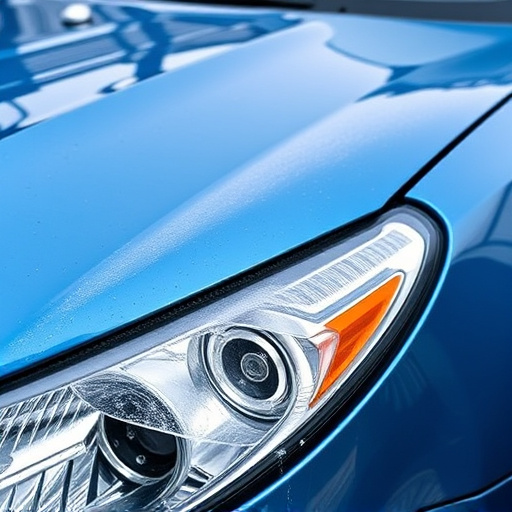
Mercedes hood star alignment is a key factor for optimal vehicle performance, aesthetics, and safety…….
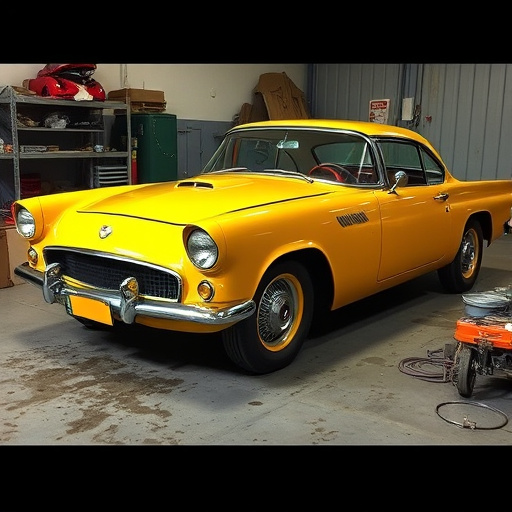
Mercedes hood star alignment is a complex task requiring expertise to avoid common mistakes. Misinte…….